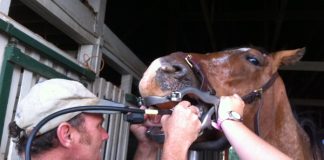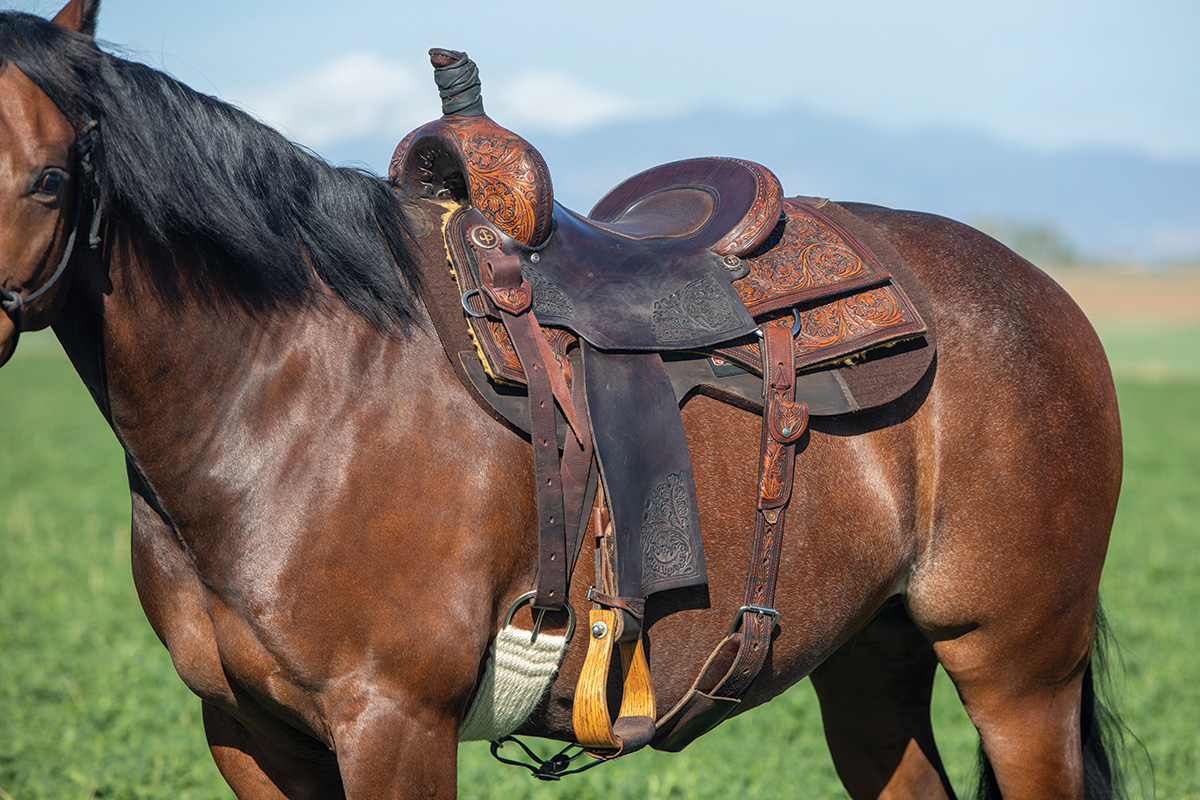
Saddle fit doesn’t have to be stressful. To make sure that a western saddle fits your horse well, keep in mind that you want it to make as much contact as possible around the horse’s back so that it can distribute weight well.
Nephew acknowledges that some horses are trickier to fit than others, but he says most horses can easily fit into the common tree-type categories.
“The No. 1 reason people have saddle fit problems is they overthink it,” Nephew says. “It’s easy to worry about your horse and worry that you’re inadvertently doing something to hurt him. But saddle fit doesn’t have to be hard.”
The first step to making sure your horse is comfortable is taking the time to learn about fit. Here, Nephew guides you through the process so that you can ensure your western saddle fits—or find a saddle that does.
Share Your Story with a Saddle Fitter
If you’re looking for a new saddle or want to make sure yours fits well, Nephew suggests starting with your story. Talk to a saddle fitter or local dealer and tell them about your horse.
“Most horses can fit into a ‘normal’ saddle type, and saddle fitters know which horses usually fit the categories,” he says. “It’s a good place to start. Instead of going in and giving lots of measurements, tell them about your horse. I would say that I have a 15-year-old horse that’s starting to lose a little bit of his back. He’s a bit wide. I ride about 10 hours a week. With that info, the fitter can pull a few saddles for you to put on your horse and try.”
When he’s helping horse owners find saddles, Nephew says he first asks if the rider is currently noticing a problem with the fit. If so, he wants to know what you’re noticing.
Let the fitter know if your horse has white spots on his haircoat (a sign of a saddle that applied too much pressure to specific spots over a long time). Sometimes, white spots may be from a poor fitting saddle many years before.
Also report if you have noticed dry spots under your saddle pad when the rest of the back is wet with sweat. That’s a sign that the horse’s back may need some extra padding to fill in where a saddle is bridging (not touching all points along the bars). Sometimes finding the right pad or using a shim pad can help your western saddle fit well. Keep in mind, however, that padding a saddle that’s too narrow will just add pressure to your horse and make him feel worse.
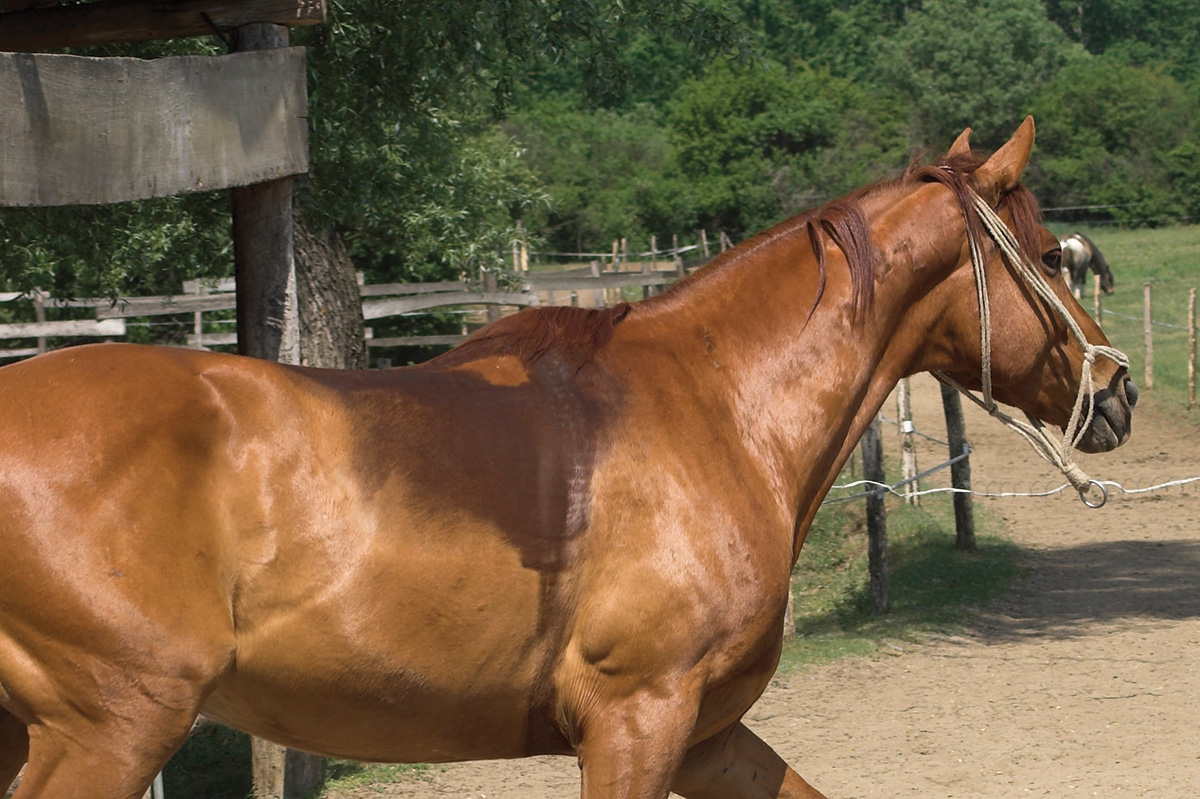
Next, Nephew asks what tree type you’re using or the horse last had. If your horse fit well in a certain width of tree in the past, that’s a good starting point.
Then he asks, “Is your horse pretty normal?” While “normal” is a subjective term on its own, Nephew uses it here to refer to typical conformation. If the horse is fairly symmetrical, has an average wither, and has a fairly level back, he will most likely fit in a saddle made to fit the majority of horses.
There are always exceptions, of course, and some horses may require some padding or aid to fit well in a “normal” saddle, but a custom tree is rarely needed.
“Normal” Trees
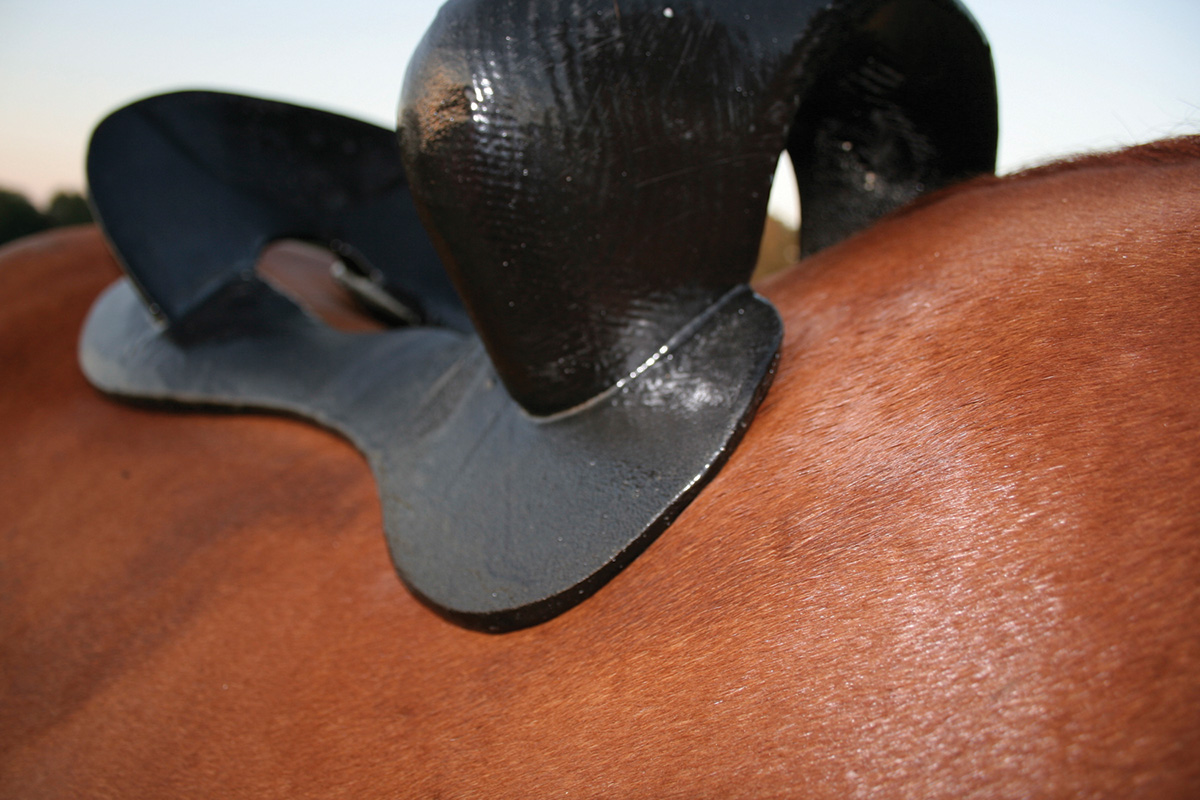
The saddle’s tree is the strong material, usually wood, that holds the saddle together. On the horse, the tree’s bars make contact with the horse’s back. They’re angled to comfortably sit along the horse’s topline so they can distribute your weight evenly onto your horse’s back. The fit of the saddle, for the horse, comes down to the tree and the bars.
For most western saddles, trees fall into two common types: semi-quarter horse bars or quarter horse bars. Semi-quarter horse bars, also known as “regular,” describe trees designed for horses with a defined wither and a refined build.
Quarter Horse bars, also known as “wide,” usually fit stocky horses with round or flat backs. You may also see gaited and draft horse-specific fits. Keep in mind that the horse’s height doesn’t impact the needed tree type—it’s all about fitting the shape that runs the 9 inches behind the horse’s withers.
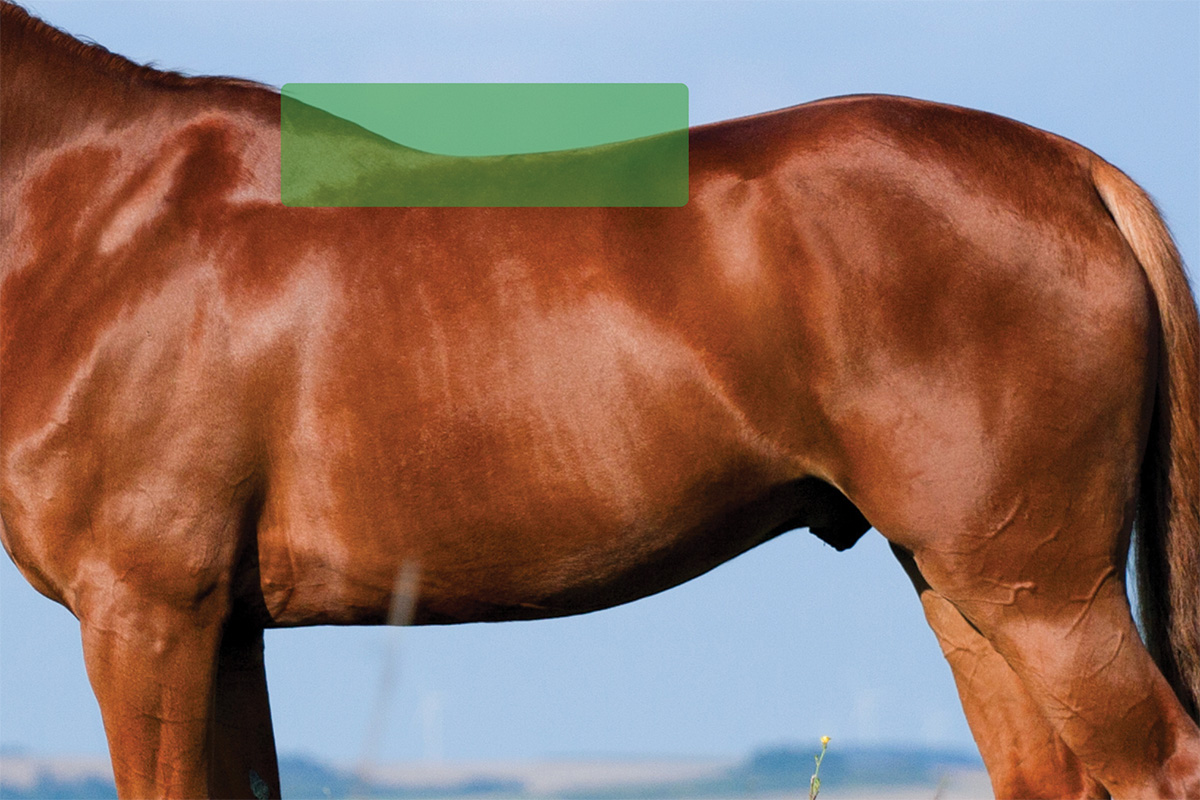
These categories are helpful as a starting place as you choose which tree types will fit your horse. However, there is no industry standard for how different companies name the bar angles. For each saddle you look at, you’ll need to make sure it fits on your horse.
Nephew says that all the saddle companies strive to make a saddle that helps horses.
“They’re all trying to fit a ‘normal’ horse,” he says. “But every company has a different idea of what normal is. I equate it to shopping for a man’s shirt. Lots of different shirt companies want to fit a man with a certain build. If I’m shopping for a medium shirt, some brands of shirts might be tighter or looser, but overall they fit a medium build. Saddles are the same way. The tree types are trying to fit the most common horses.”
Gullet Guide
Nephew says many horse owners worry about the gullet more than necessary. The gullet is the opening between the bars of the saddle, but it doesn’t determine the bar angles or width of the tree.
“If you’re trying to measure the gullet on a finished saddle, it’s very difficult,” Nephew says. “You just want to make sure the withers have clearance, even when there’s weight in the saddle. Whether there’s 6 inches of clearance or 2 inches of clearance doesn’t matter for most riders. It’s more important to put the saddle on the horse and see how the bars make contact.”
Saddle Fit Concerns
Nephew says it’s never bad to get your horse measured by a saddle fitter. However, he likes to place saddles on the horse to check the fit instead of purely relying on measurements.
If you have noticed a change in your horse’s back because of his age, exercise levels or diet, it may be good to have him measured. Horses’ backs can change when their fitness changes. You’ll also want to know if your horse is short-coupled (has a short back) and may need a saddle that is also short so that it doesn’t sit far onto his hips.
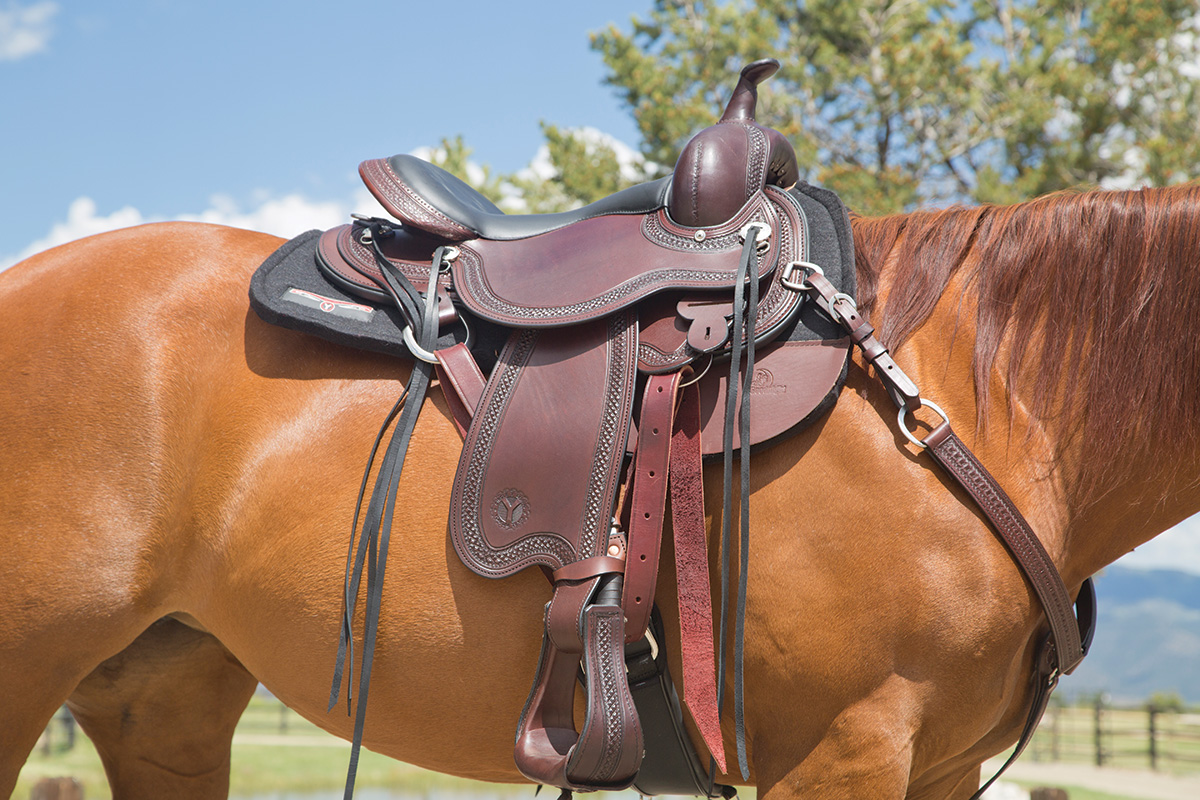
It’s a good idea to look at your saddle and feel where the bars are contacting your horse’s sides at the start and middle of your riding season so you can see if any changes occur.
Try It Out
Start by trying the saddle on your horse without a pad. Nephew advises learning what to see. A level saddle that doesn’t make contact at the withers is a good place to start as you train your eye.
“Saddle fitting is really just being visual and using your touch,” Nephew says. “The first thing I’m looking for is to make sure the saddle makes good contact where the bar is. I’ll take my hand and feel under the saddle close to the horse’s wither. I’m looking there to see if I make some contact from top to bottom of the bar. If you have to guess, then it’s probably making contact. It’s really obvious when it’s not—you can put your hand under the saddle too easily.”
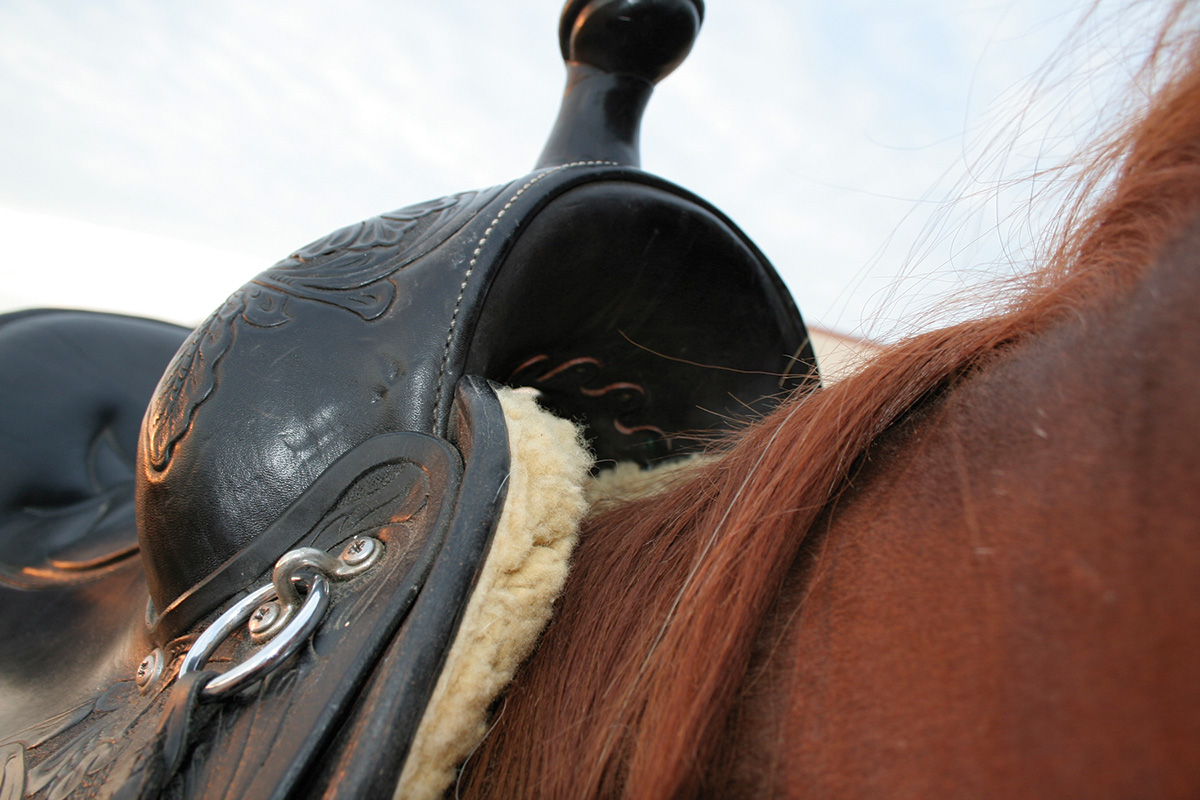
Nephew says after he feels the saddle’s bars, he steps back and looks at the length of the saddle compared to the horse’s back. He wants to make sure that the saddle is level and that it doesn’t look like it’s making contact only at the front and back.
If the saddle is too narrow for the horse, it will sit high on the horse’s back with a “perched” look. Nephew says you can see this easily by looking at the front of the saddle. If you can see 4 to 5 inches of fleece under the gullet, that’s too much, and the saddle isn’t sitting down far enough. This will make the horse feel pinched and will cause the bars to dig into the horse’s back.
If the saddle is too wide for the horse, the gullet may be too close to the withers and the bars won’t touch the horse’s sides. This can also cause the saddle to pinch because specific points touch the horse, but the bars don’t even touch the horse’s back.
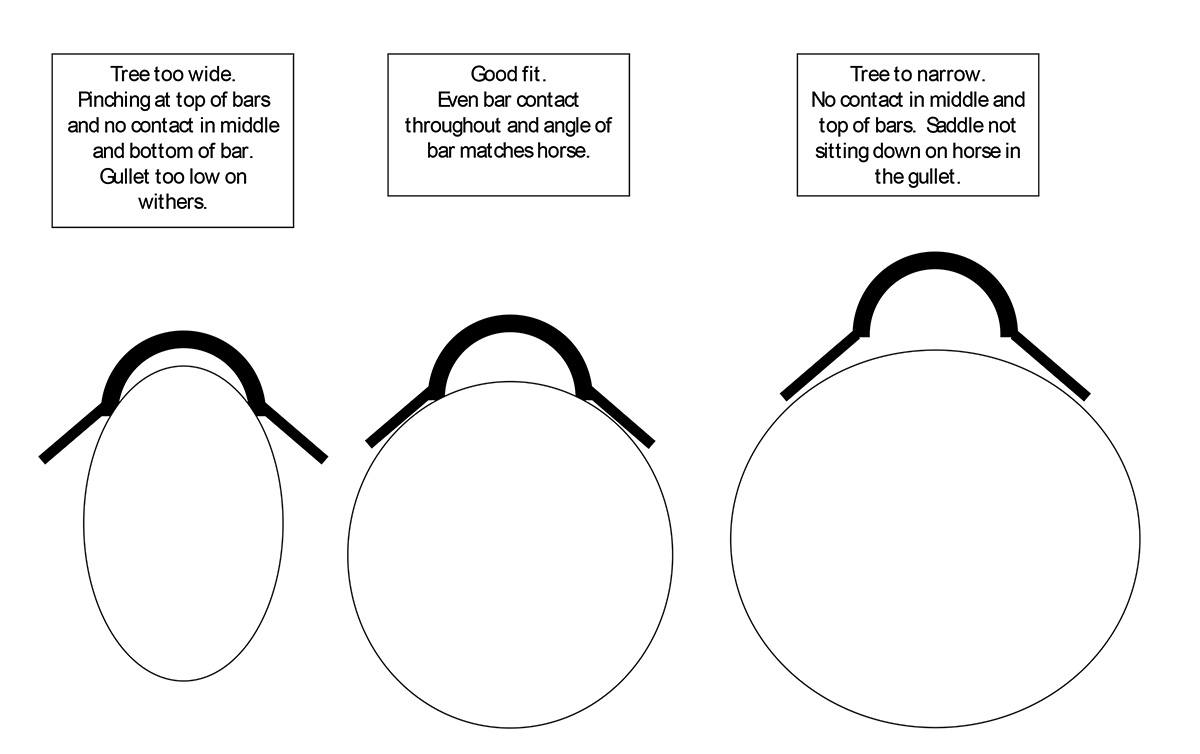
Nephew advises trying out a few different saddles after you tell a fitter or dealer about your horse.
“The fitter can give you a good place to start, and you can see what looks and feels best on your horse. Make sure you can try a saddle for a few days so that you can ride and see what happens with the saddle in motion. The burden of finding the best fit is always with the horse owner—you’re the one who knows your horse best and knows how he feels to ride.”
Further Reading:
◆ Everything You Need to Know About Saddle Fitting
◆ Get the Right Western Saddle Fit
◆ 5 Tips for Western Saddle Fit
This article about western saddle fit appeared in the September 2023 issue of Horse Illustrated magazine. Click here to subscribe!




